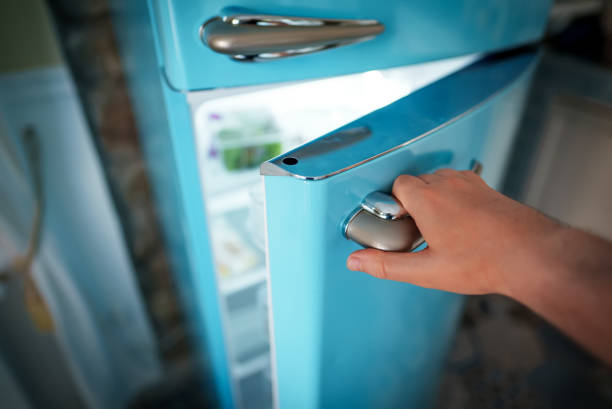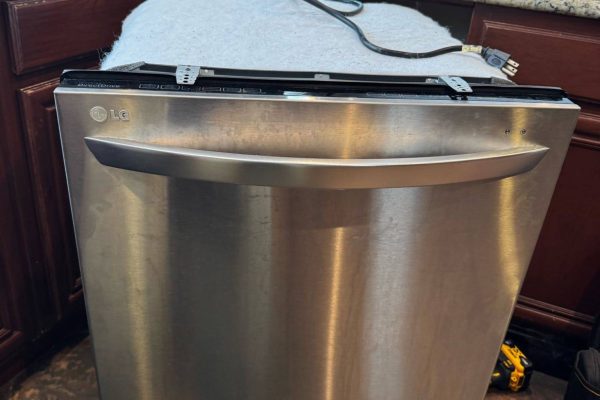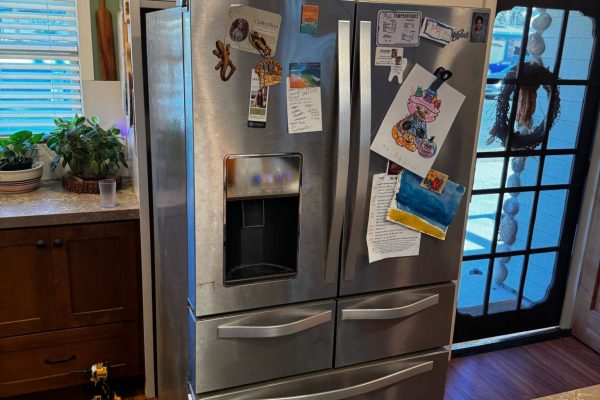Maintaining the proper temperature in your refrigerator and freezer is essential for keeping your food fresh and safe to consume. Fluctuations or instability in temperature can lead to spoilage, bacterial growth, and potential health risks. In this article, we will explore how to check the temperature in your refrigerator and freezer and provide tips on what to do if you notice any instability.
Why Temperature Matters
Refrigerators and freezers are designed to keep food at specific temperatures to ensure its quality and safety. The refrigerator compartment should ideally be set between 35°F and 40°F, while the freezer compartment should be set at or below 0°F. These temperatures slow down the growth of bacteria, prevent spoilage, and maintain the freshness of your food.
Checking the Temperature
To check the temperature in your refrigerator and freezer, follow these steps:
Use a Thermometer
Place a thermometer specifically designed for refrigerators and freezers in both compartments. Ensure the thermometer is placed in the center of each section and away from the walls or any food items. Leave it for a few hours to obtain an accurate reading.
Wait for Stable Conditions
Avoid opening the refrigerator or freezer frequently while taking temperature readings. Opening the doors frequently can affect the internal temperature, making it difficult to get an accurate reading. Wait for a stable condition before checking the temperature.
Check the Readings
After a few hours, check the thermometer readings. If the refrigerator temperature is above 40°F or the freezer temperature is above 0°F, there may be an issue with the appliance’s cooling system.
Addressing Temperature Instability
If you notice unstable temperatures in your refrigerator or freezer, here are some steps you can take:
Check the Door Seal
A faulty door seal can allow warm air to enter the refrigerator, causing temperature fluctuations. Inspect the door seal for any signs of damage or gaps. Replace the seal if necessary to ensure proper and airtight closure.
Clean the Condenser Coils
Dusty or dirty condenser coils can restrict airflow and affect the cooling performance of the refrigerator. Regularly clean the coils located at the back or underneath the unit using a vacuum or a brush. Refer to the manufacturer’s instructions for proper cleaning techniques.
Adjust the Thermostat
If the temperature is consistently too high or too low, check the thermostat settings. Make sure they are properly adjusted to the recommended temperature range. Refer to the appliance manual for instructions on how to adjust the thermostat.
Don’t Overload the Refrigerator
Overloading the refrigerator can obstruct proper airflow, leading to temperature imbalances. Arrange the food items in a way that allows for adequate circulation of air. Avoid overcrowding the shelves and leave space between items for efficient cooling.
Monitor the Door Usage
Excessive opening and closing of the refrigerator door can disrupt the internal temperature. Encourage family members to minimize the frequency of door openings and ensure the doors are closed properly after use.
Seek Professional Assistance
If you have followed these steps and are still experiencing temperature instability, it may be necessary to contact a professional appliance repair technician. They can diagnose and address any underlying issues with the cooling system or thermostat.
In conclusion, checking the temperature in your refrigerator and freezer regularly is crucial for maintaining food safety and quality. By using a thermometer and following the recommended temperature ranges, you can ensure the proper storage of your perishable items. If you notice any instability, take appropriate measures such as checking the door seal, cleaning the condenser coils, and adjusting the thermostat. If the problem persists, seek professional assistance to identify and resolve any underlying issues. By maintaining stable temperatures, you can extend the shelf life of your food and prevent unnecessary spoilage.
Do you want the best Refrigerator Repair in San Diego County? Call us! We are a leading service provider thanks to the excellent quality of work, that our specialists provide. We use only high-quality parts, recommended by the refrigerator producer. Forget about any discomfort, with our friendly and professional team. With us, you get the highest quality service and the friendliest approach. Our highly qualified workers will do all to make you forget about any issues with your refrigerator. Now, those are our issues.
Contact us


